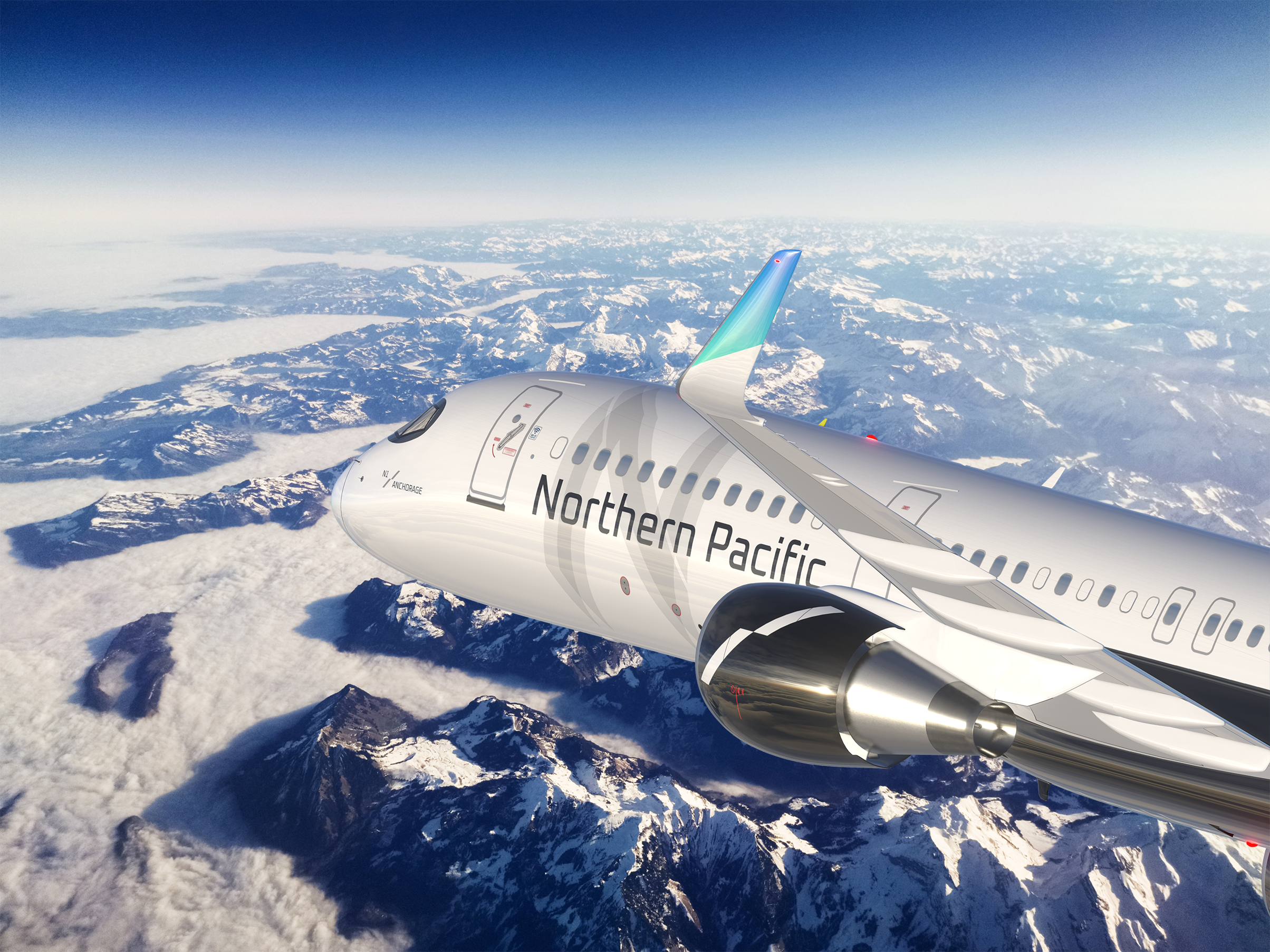
Long-haul startup Northern Pacific Airways is planning to take its first aircraft—four Boeing 757-200—before the end of 2022, and has plans to operate first to Mexico before launching service to Asia in January 2023.
Ravn Alaska sister carrier Northern Pacific plans to fly between the US and East Asia, with flights connecting through Anchorage (ANC) in Alaska. ANC will also be promoted as a destination.
Steve Knackstedt, Northern Pacific VP of digital partnerships, said it is “basically a straight line” to go to Asia via Alaska.
He said flights will include linking secondary airports in states within the continental US—facilities in California, Florida, New York and Nevada—to Japan and South Korea via ANC. However, Northern Pacific will not serve airports such as Los Angeles (LAX) and San Francisco (SFO) because of congestion. The airline is currently securing its approvals and slots and is planning to launch US-Asia services in January.
“In the meantime, we're going to go to Mexico. We'll fly from Ontario (ONT), California, down to Mexico,” Knackstedt said, speaking at World Aviation Festival 2022 in Amsterdam, adding: “We'll have four [757s] by the end of the year and instead of just leaving them to sit around, waiting for the Asia start, we’ll run Mexico.”
Northern Pacific has received approval from the US Transportation Department (DOT) to serve all countries covered by existing US Open Skies agreements.
Northern Pacific selected the 757 because it is a “workhorse,” with lower upfront costs, Knackstedt said.
“You could probably get four or five of the 757s for the price of [a single] other aircraft [type],” he added, noting that very few aircraft types have the range needed to fly between Alaska and Asia.
Northern Pacific has no plans to compete with incumbents such as Japan Airlines and Delta Air Lines. Instead, Knackstedt likened the Northern Pacific model to ULCC Allegiant Air, which operates flights from secondary US airports to its Las Vegas (LAS) base. The Alaskan startup is looking to operate to underserved airports, promoting ANC stopovers and connections to Asia, allowing US passengers from smaller markets to avoid crowded hubs in the continental US.
When asked about the COVID-19 headwinds still affecting Asia, Knackstedt noted Japan has relaxed its restrictions. “There's a lot of pent-up demand in Korea. There's a lot of pent-up demand in Japan and, when we were doing some research, we found that Alaska seems to be on a lot of people's bucket list,” he said.
Inbound passengers from Asia would clear customs at Anchorage and then fly to their destination in the US as domestic passengers.
